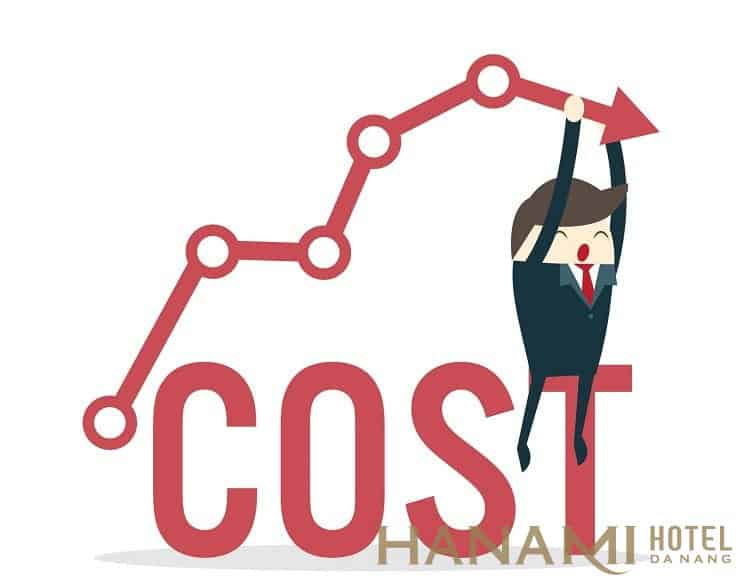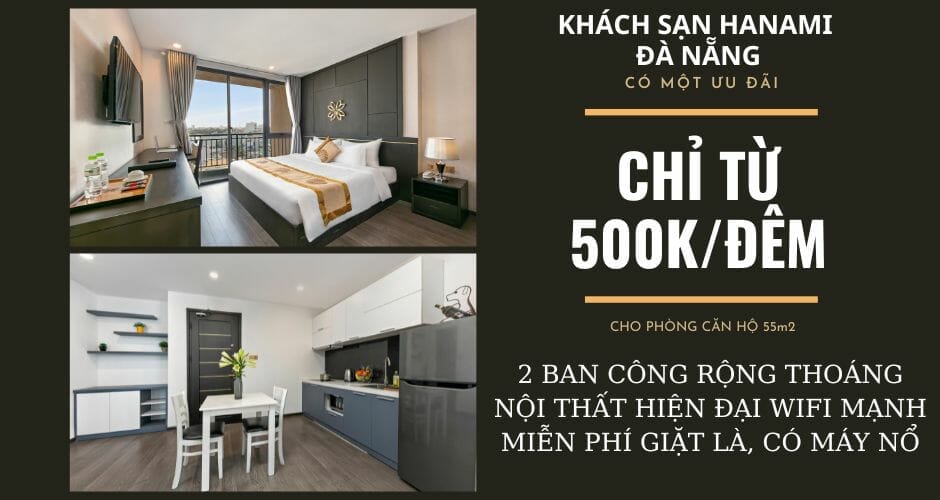Anyone working in the restaurant-hotel business also wants to maximize income and profit through the menu of dishes served to customers. Food Cost is an effective way to help the restaurant with this. What is Food Cost? How to calculate Food Cost and price food in the hotel business? Follow Hanami Hotel Danang to find out the answer!
What is Food Cost?
Food cost is a term widely used in restaurants and hotels which refers to the selling price of each dish. This selling price depends on the calculation of norms, costs, and size of the restaurant. This calculation is also based on market price, restaurant revenue, employee wages, premises price, and so on.
Food Cost must always be kept within reasonable limits in comparison to competitors, not too high or too low. If it is too low, the hotel will incur a loss.
The difference in Food Cost is dependent on the places. A dish in a 5-star restaurant will be very different from one at a 3-star restaurant, and even lower at a budget restaurant.
Formula for calculating Food Cost in restaurants and hotels
The costs required in the Food Cost include:
Employee expenses include salaries, benefits, and wages for chefs, kitchen assistants, waiters, steward staff, etc.
The cost of ingredients includes the expense of purchasing ingredients, storage, spices, and cooking utensils.
The main additional cost is the brand value of the restaurant – hotel. It can include something such as where you eat, quality of service, customer satisfaction with food, etc
The cost incurred (if any) is a type of cost assessed on the wear and tear of equipment, advertising, marketing, and the cost of premises and other fees.
From the above costs, we can calculate the total of large costs to create the formula to calculate the most standard Food Cost.
The selling price of food = Cost of ingredients (based on original price/purchase price of ingredients)/ Percentage of food costs.
The percentage of food expenses ranges from 25 to 35%. This number is determined by the star rating of the restaurant, the business strategy, the standard, or the degree of service that the restaurant brings to customers. The common number of restaurants and hotels that apply is 35% of the food cost rate.
If you go to a restaurant and see that the food is cheap and plentiful, the Food Cost you are paying is definitely higher. This increases consumer satisfaction and competitiveness in comparison to competitors. Nowadays, many restaurants have invested in food processing areas, which are subsequently distributed to different business systems in order to boost their competitiveness in terms of Food Cost. This not only assures that the dish’s price remains stable, but also raises the assurance of food safety.
Some ways of pricing Food Cost in the hotel restaurant business
Pricing according to the hotel restaurant’s competition
This pricing method depends on surveys of the size, quality, and service of competitors. If two restaurants have equal quality, they should attract customers with promotions, discount vouchers, free desserts, etc. However, they need to calculate carefully in order to the benefits and revenue not to decrease.
Pricing according to food standards
This has been shown in the Food Cost formula above. We have a cost ratio for food ranging from 25-35%, with 35% being the most common choice among restaurants. Because this ratio fluctuates depending on the star rating and the hotel’s ability to provide and serve.
Pricing according to market demand
In some cases, there is a high market demand but a limited supply. This greatly affects the fact that restaurants have to buy raw materials for food processing at high prices, so the demand for processing finished products also increases. The situation will mostly be the opposite. When food sources have an abundant supply but consumers are not interested in these dishes.
Pricing according to the profit/loss level of the restaurant – hotel
The degree of profit or loss is defined as the ability to make a profit given by business analysis, restaurant survey. Many dishes will be prioritized if they have low expenses, create great profits, and are popular with many customers.
The priority here will include an eye-catching menu design that comes with more promotions for that dish.
Food Cost is critical for restaurants and hotels. This can help restaurants and hotels increase revenue and maximize profits. Hanami Hotel hopes that the article ‘What is Food Cost? How to Calculate Food Cost and price food in the hotel business‘ will help you get more information about this subject.
Về tác giả:
Chúng tôi không kiếm lợi nhuận từ nội dung đăng tải. Các bài viết đều được biên soạn và kiểm duyệt bởi đội ngũ tác giả và biên tập viên của công ty TNHH du lịch khách sạn Hana. Xem thêm: về tác giả







